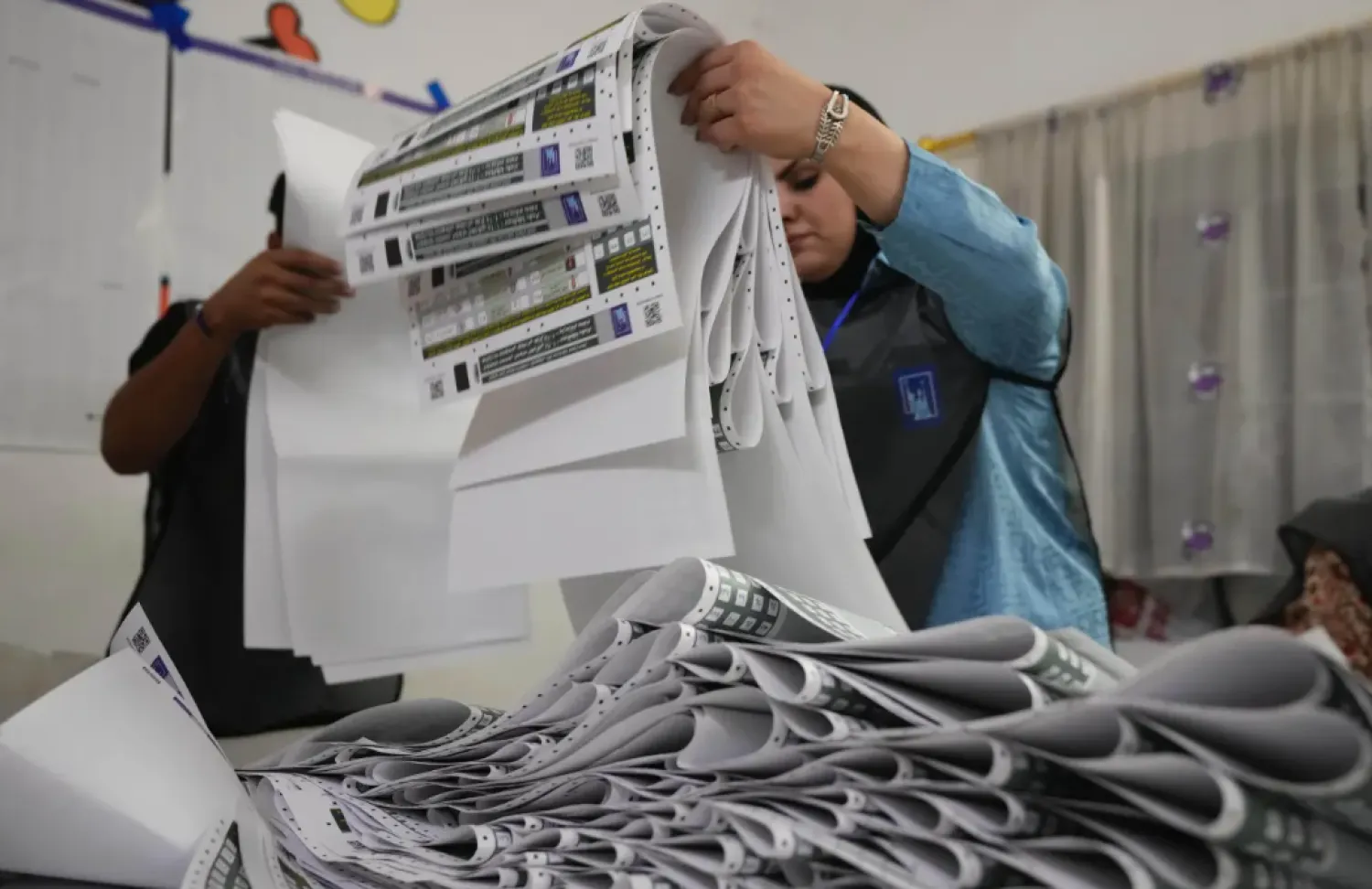The Israeli army on Friday announced a partial easing of the tight blockade it imposed on the northern West Bank city of Nablus.
The decision was not welcomed by settlers, who continued to hold rallies in various parts of the West Bank, protesting against what they called “the tolerance of Palestinian terrorism and the shedding of the blood of Jewish citizens.”
On Friday, the Israeli army removed two of the six checkpoints erected more than two weeks ago in the city’s vicinity.
The army justified its move by claiming that it had dealt a major blow to the Lions’ Den group.
At the same time, the military boasted that it killed “two terrorists” who turned out later to be members of the Civil Defense, which is part of the Palestinian Security Services.
Israeli circles justified the killing saying “it was done by mistake,” and that “the Israeli soldiers shot in self-defense, fearing that Palestinians had set up an ambush.”
The Palestinians deemed the killing a heinous crime.
The Israeli army had imposed a tighter siege on Nablus two and a half weeks ago, following an increase of operations and shootings.
Israel’s Yedioth Ahronoth newspaper reported on Friday that after assessing the security situation in the West Bank, the army decided to change and ease the restrictions imposed on Nablus, by opening two entrances to the city on Thursday night, keeping four other entrances under strict procedures, and monitoring vehicles that leave the city.
Later, reports said the easing of the siege was carried out in coordination with the Palestinian security services, which informed Israel that a number of activists from the “Lions’ den” in Nablus had surrendered.
Meanwhile, the Israeli right and settler leaders lashed out at the military’s decision to ease the siege on Nablus.
They organized several demonstrations in the West Bank against the army and its chief of staff Aviv Kohavi.
Head of Shomron Regional Council, Yossi Dagan, said the “Israeli army’s decision to remove the roadblocks on the way out of Nablus is a political decision by the Israeli government, in which it abandons the lives of settlers in the northern West Bank and throughout the country.”
Meanwhile, right-wing journalist Yoni Ben-Menachem, who is close to opposition leader Benjamin Netanyahu, said the decision to lift the siege on Nablus is a mistake, and that it only encourages the Palestinians to carry out more operations.









